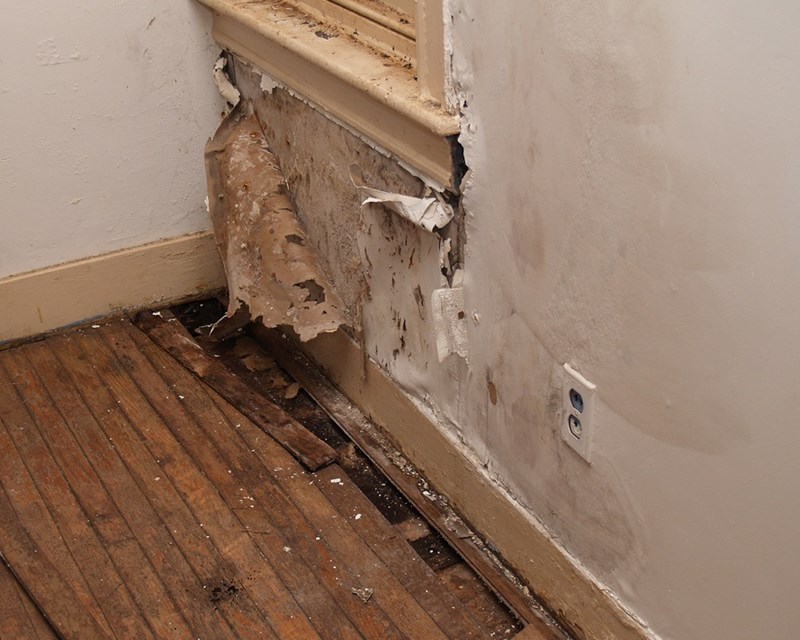Bathroom Water Damage - Ways To Stop This Happening
Bathroom Water Damage - Ways To Stop This Happening
Blog Article
What're your concepts on How to Fix a Water Damage Bathroom?

The restroom is incredibly prone for damp buildup and also possible water damages as a result of the constant use water in it. This article offers simple evaluation methods to help discovering water damage risks.
The frequent use of water in the restroom makes it incredibly susceptible for damp build-up as well as prospective water damage. By examining it routinely, you can decrease water related damages.
The following collection of examinations is very easy to do as well as ought to be done once in every three months in order to maintain your washroom healthy as well as to avoid potential water damages caused by the bath tub, the shower, pipeline joints as well as plumbing, sinks, cabinets, and the commode
Do not forget doing these assessments as well as be comprehensive while performing them. Remember that these basic evaluations can save you a great deal of cash by offering early signs for water damage
Sinks and Cabinets
Sinks and also closets are subjected to moisture and also humidity daily and also are commonly neglected. Inspect consistently under the sink as well as on the countertop over it. Repair any drip in the catch as it may suggest drainpipe problems. Check out the sink, sluggish draining pipes might indicate an obstructed drain. Change sink seals if they are broken or loosened.
Tub and Shower
The shower and also bathtub call for special focus as well as maintenance. Inspect the tiles and also replace if fractured. Ensure that there is no missing out on grout in between the ceramic tiles. Inspect as well as replace split caulking at joints where the walls satisfy the floor or the tub. Clogged drains and also pipes troubles will protect against the tub from drying out and might show major issues under the bathtub. Talk to a professional instantly to avoid architectural damage. Take note of stainings or soft locations around the bathtub walls as they might suggest an inner leak.
Plumbing
Signs for water damage are tough to spot considering that the majority of pipes are set up inside the wall surfaces.
Pay special interest to floor covering and walls dampness and stains as they might show an invisible plumbing issue. Examine moisture levels in adjacent areas as well.
The Bathroom
The bathroom is an at risk water joint. Check the water lines as well as look for leakages around the toilet seat, in the hose pipe, as well as under the water container. If you detect any indications of dampness on the flooring around the toilet, check for leaks in the toilet rim as well as container seals.
Be aware that hanging toilet bowl antiperspirants boosts the opportunities for clogs.
How to Prevent Water Damage in Your Bathroom?
Water damage repair is an expensive, meticulous, and lengthy process. Unfortunately, bathrooms are the most susceptible rooms to water damage due to toilets, showers, and sinks. Pipes and fixtures wear out over time and are not immune to damage. But all is not lost, as there are ways to prevent water damage from occurring in your bathroom.
Check Your Plumbing
Nothing lasts forever, especially pipes, which can rust and begin leaking over time. You should periodically conduct pipe inspections and pay attention for any musty smells or water stains that may indicate you need water damage repair. Here are some things to check:
Frequently test valves for your toilet, shower, and sink to ensure they are properly working. Check faucet supply lines hidden under vanities and replace when needed. Replace cracked or deteriorating caulking along sinks, tubs, and showers. If you notice a clog in your sink, call in a professional. Since you can’t check the pipes in the wall, keep an eye out for stains, drywall bubbling, musty smells, and excess moisture; if the bathroom is on a second level, check the ceiling of the room directly below for these signs. Don’t Overwork Your Toilet
One of the most common reasons bathrooms need water damage repair is due to overflowing toilets. Save yourself the hassle of cleanup by being mindful and not pushing your toilet to extreme limits. If you have young children, it is especially important to keep an eye on them when they are in the bathroom and to teach them how to avoid clogging the toilet. Here are some more tips to help prevent your toilet from overflowing:
If you have a septic tank, only use septic-safe toilet paper Do not flush anything down the toilet besides toilet paper; items like diapers and sanitary napkins will clog the piping Pay attention to your toilet’s water level: If it’s low, it could mean it is partially clogged or that there is a crack in the toilet bowl Maintain Your Shower/Tub
Replace showers or tubs with cracks or other damage; even hairline cracks can allow water to seep in and cause damage. Grout and caulk help prevent water from seeping into walls and floors, so repair them if they are chipped, cracked, or deteriorating. Replace torn shower curtains or shower doors with seals that no longer work. Dry the floor and drain water from the tub immediately after use to prevent damage from sitting water. https://www.alure.com/home-improvements-blog/resources/how-to-prevent-water-damage-in-your-bathroom

As a serious reader about Common Causes of Water Damage in a Bathroom, I figured sharing that excerpt was a good idea. Sharing is caring. Helping people is fun. I love reading our article about How to Fix a Water Damage Bathroom.
Contact Us Today Report this page